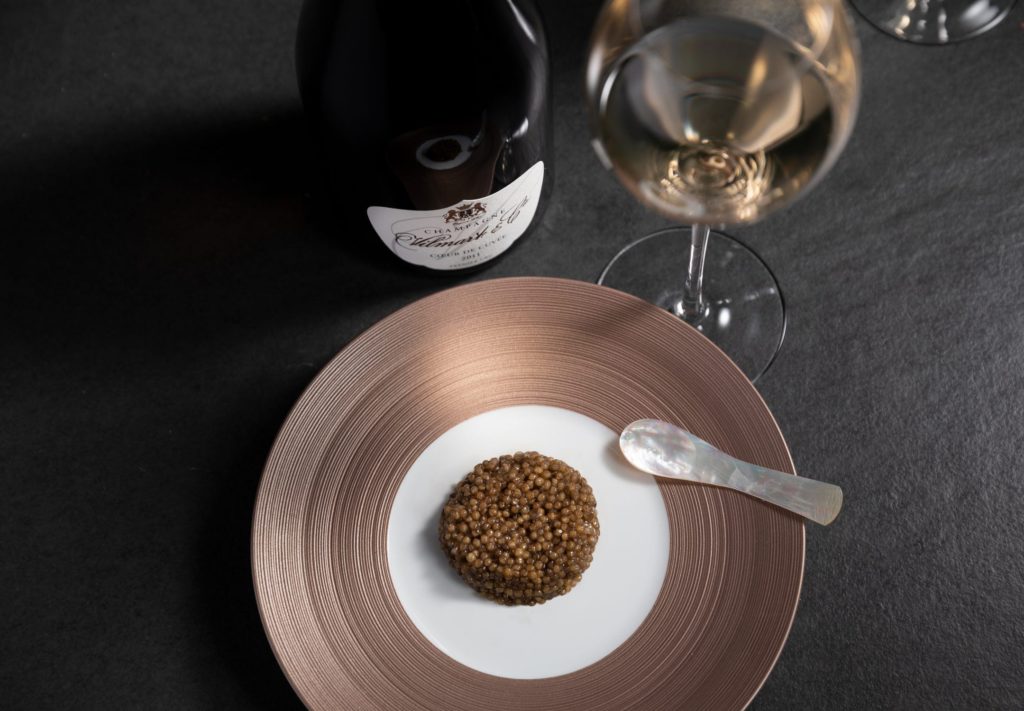Well, the really dry champagnes never fell in, even though they showed their best sides every time. To me, this is not only a way of establishing the truth, but it is also a victim of incorrect correction of historical justice. Why? Today, almost no one can remember that at the time when this ‘classic’ arose, basically all champagne was produced in semi-sweet or sweet style.

A HISTORICAL FLASHBACK
The champagne was exclusively sweet and was served for dessert. We see the greatness of dry champagne for the first time when the first vintage champagnes see the light of day; vintages such as 1842, 1846 and 1857 are gastronomic history – they were so magnificent and intoxicating in themselves that they only needed a small dosage (When la cuvée is mixed you add a solution of wine, a little cane sugar and yeast – liqueur de tirage) . The amount of cane sugar that is added is 22 to 24 g / liter to give 5 to 6 atmospheres pressure in the bottle and increases the alcohol content by 1.3-1.5 volume percent. The wine is filled into bottles that are fitted with a crown cap, for prestige wines the bottles are often fitted with a liège et agrafe / cork with a metal bridge and allowed to lie sour lattes in the champagne houses’ cool cellars down in the chalk quarries.
Subscribe for 5.9€ a month for full access to the Tasting Library, exclusive articles, videos events and more





